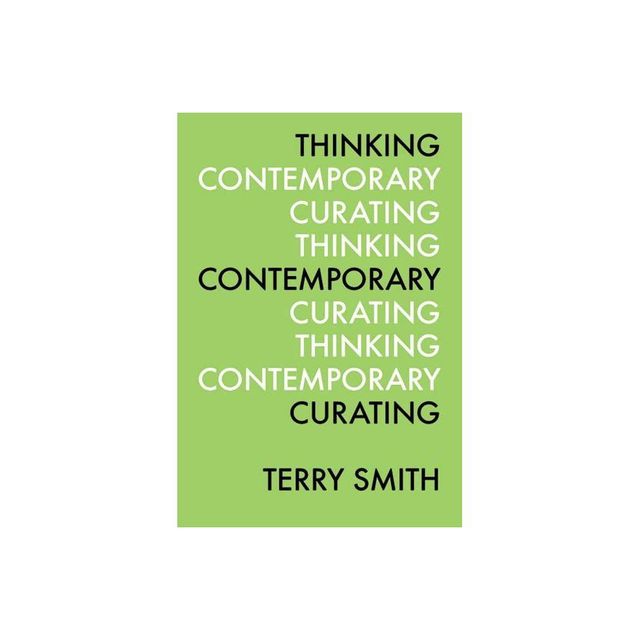Home
Curating the Complex and the Open Strike
Loading Inventory...
Barnes and Noble
Curating the Complex and the Open Strike
Current price: $19.95


Barnes and Noble
Curating the Complex and the Open Strike
Current price: $19.95
Loading Inventory...
Size: OS
*Product Information may vary - to confirm product availability, pricing, and additional information please contact Barnes and Noble
An analysis of the contexts in which curating takes place: why curate art these days and in the name of which interests?
If we ask where the curating of art occurs these daysin which places, which kinds of place, and howapparent answers immediately appear: everywhere, expanding as if to ubiquity. Yet at the same time, we sense, with fragile purpose. In this, his newest book, Terry Smith explores the contemporary contexts of curating, looking for less apparent answers. It will map the dimensions of the visual arts exhibitionary complex, including its dialectical dance between institutionalization and deinstitutionalization; the persistence of professional classifications of curatorship; the given and changing categories of art exhibitions; the increasing variety of curatorial styles; the underthinking about publics; and (undistracted by curationism) the changing roles of art making and exhibiting art within an exhibitory iconomy that is at once viral and consumptive. A mapping of this kind might help us towards some answers to the more important questions: why curate art these days and in the name of which interests?
If we ask where the curating of art occurs these daysin which places, which kinds of place, and howapparent answers immediately appear: everywhere, expanding as if to ubiquity. Yet at the same time, we sense, with fragile purpose. In this, his newest book, Terry Smith explores the contemporary contexts of curating, looking for less apparent answers. It will map the dimensions of the visual arts exhibitionary complex, including its dialectical dance between institutionalization and deinstitutionalization; the persistence of professional classifications of curatorship; the given and changing categories of art exhibitions; the increasing variety of curatorial styles; the underthinking about publics; and (undistracted by curationism) the changing roles of art making and exhibiting art within an exhibitory iconomy that is at once viral and consumptive. A mapping of this kind might help us towards some answers to the more important questions: why curate art these days and in the name of which interests?


















